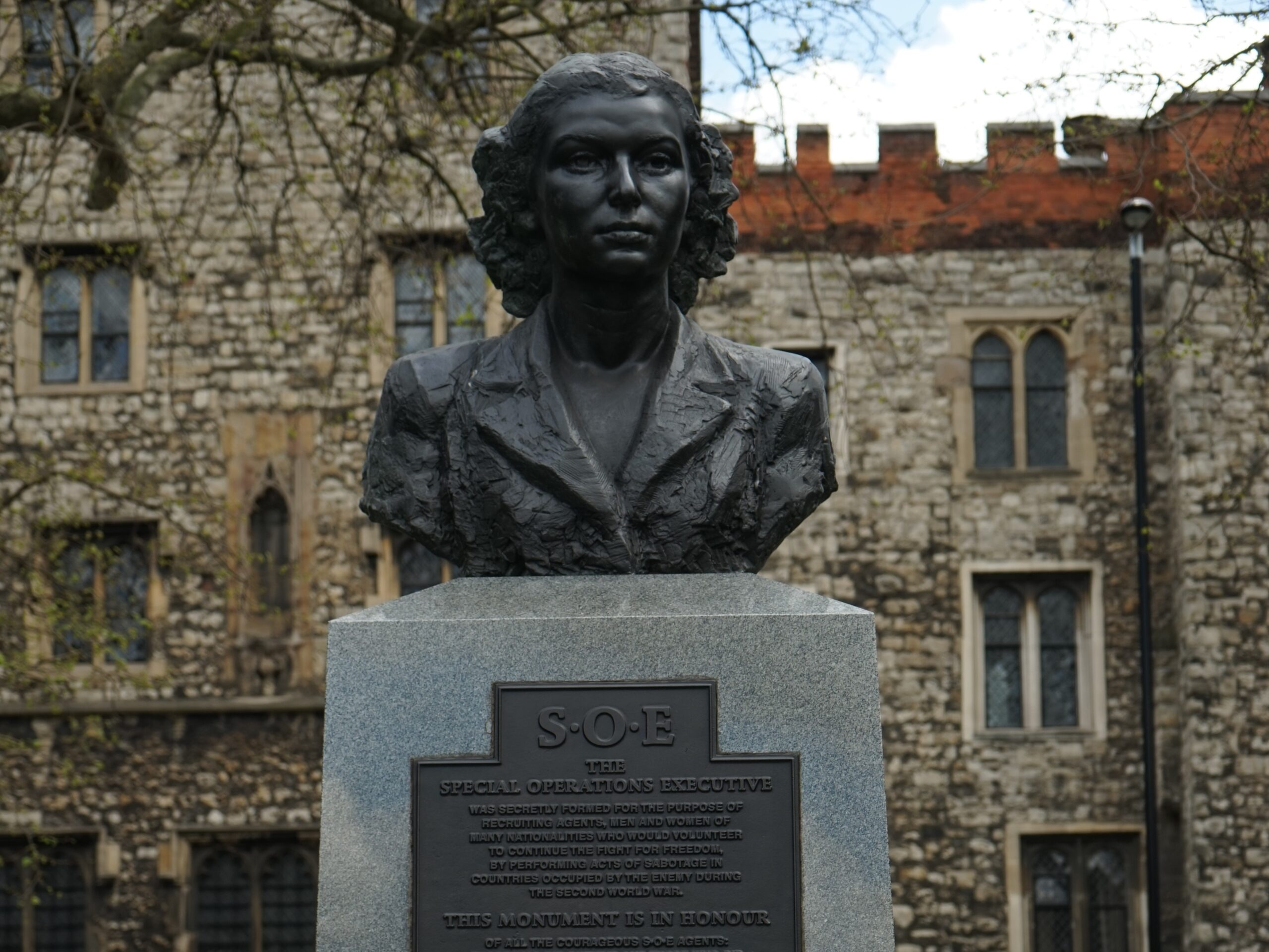Violette Szabo SOE agent memorial in front of Lambeth Palace. Photo: camerawalker. CC BY 3.0 DEED. Cropped Image.
Never in the field of human conflict was so much owed by so many to so few.” — Winston Churchill.
During World War II, a group of brave women volunteered to join the British Special Operations Executive (SOE) and become spies in Nazi-occupied France. They were trained to parachute, use weapons, communicate by radio, and blend in with the local population. They worked with the French Resistance to sabotage the enemy and gather intelligence. They faced many dangers and hardships, but they never gave up their fight for freedom. They were the SOE heroines, and this is the story of four of them.
Lise de Baissac was born on 11 May 1905, in Mauritius, an island in the Indian Ocean. She moved to France with her family when she was young and became a spy for the British during World War II. She joined the Special Operations Executive (SOE), a secret organization that was created by the British government to conduct espionage, sabotage, and reconnaissance in countries occupied by the Axis powers, especially Nazi Germany. SOE agents allied themselves with resistance groups and supplied them with weapons and equipment parachuted in from England.
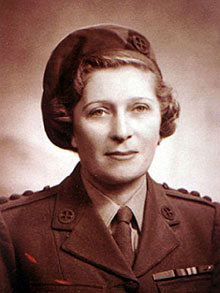
On the night of 25 September 1942, de Baissac parachuted in to occupied France from a Whitley bomber along with Andrée Borrel, another SOE agent, as part of Operation Whitebeam to set up resistance networks in Paris and Northern France, becoming one of the first female agents to parachute into France,
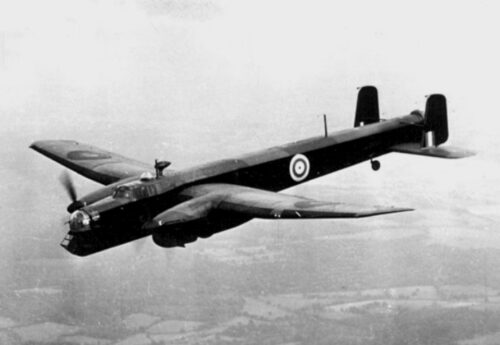
Borrel was born in Paris on 18 November 1919. She left school at 14 and worked as a dress designer, a shop assistant, and a Red Cross nurse before joining the SOE in 1941. She was codenamed Monique and Denise and became the first female combat paratrooper in history. She worked as a courier for Philippe Liewer’s Salesman network near Rouen, where she helped sabotage railway lines and bridges. She also participated in several armed attacks on German troops and vehicles. She was captured by the Gestapo in June 1943 and tortured for information. She was executed by injection at Natzweiler-Struthof concentration camp on 6 July 1944. She was posthumously awarded the Croix de Guerre, the Médaille de la Résistance, and the King’s Commendation for Brave Conduct by France and Britain.
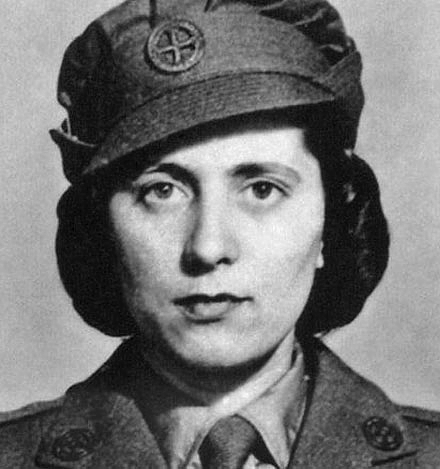
Borrel and de Baissac used different code names, such as Odile and Marguerite for de Baissac, and Monique for Borrel. They disguised themselves as an archaeologist or a widow. Lise worked with her brother Claude, who was also an SOE agent, to organize and arm the French Resistance fighters. They sabotaged trains, bridges, and factories that the Nazis used for their war effort. Lise also collected and sent important information to the British about the German troops and their movements. She was very good at avoiding capture and escaping danger. She once rode a bicycle past a German checkpoint with a radio hidden under her skirt.
De Baissac continued her mission until the end of the war, when France was liberated by the Allies. She was awarded several medals for her courage and service, such as the MBE (Member of the Order of the British Empire) and the CdeG (Croix de Guerre). She was a remarkable woman who risked her life to help defeat the Nazis and free France. She also worked with other female agents, such as Yvonne Baseden and Violette Szabo, who were also part of the SOE. After the war, de Baissac married Henri Villameur, an artist and interior decorator living in Marseille. They had no children. Lise died in 2004 at the age of 98.
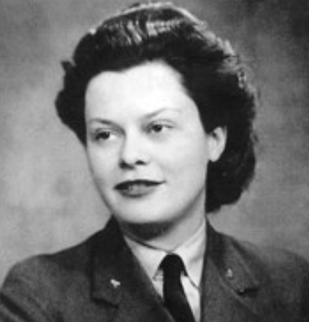
Yvonne Baseden was born in Paris on 20 January 1922. She joined the WAAF in 1940 and worked as an intelligence officer before joining the SOE in 1943. She was codenamed Odette and parachuted into France in March 1944 with Gonzague de Saint-Geniès, codenamed Lucien. They re-established the Scholar network around Dole, near Dijon, and helped coordinate a large daylight airdrop of supplies for the French Resistance on D-Day. Baseden was captured by the Gestapo in October 1944 and sent to Ravensbrück concentration camp, where she endured torture and illness. She was liberated by the Swedish Red Cross in April 1945 and returned to England. She married twice and had four children. She died in 2017 at the age of 95.
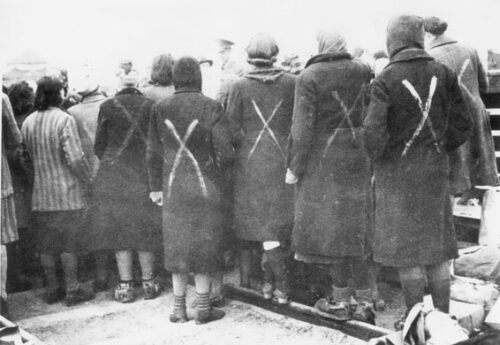
Violette Szabo (née Bushel) was born in Paris on 26 June 1921. She moved to London with her family when she was young and worked as a shop assistant before marrying Etienne Szabo, a French officer, in 1940. He was killed in action at El Alamein in 1942, leaving behind their daughter Tania. Violette Szabo joined the SOE in 1943 and was codenamed Louise. She parachuted into France twice, first in April 1944 to work with Philippe Liewer’s Salesman network near Rouen, where she helped sabotage railway lines and bridges.
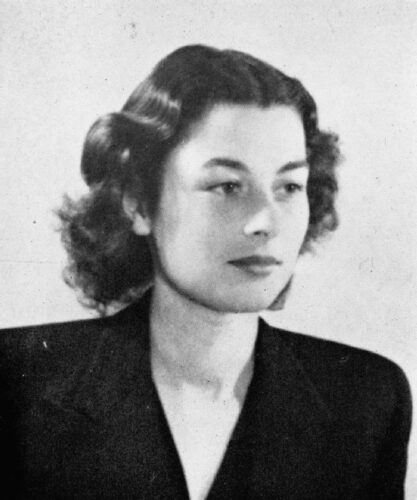
Szabo returned to England in June 1944 but volunteered for another mission soon after. She parachuted into France again in June 1944 to work with Jacques Dufour’s Farmer network near Limoges, where she helped organize local resistance fighters for guerrilla attacks on German troops. She was captured by the Germans after a gunfight near Salon-la-Tour on 10 June 1944. She was interrogated and tortured by the Gestapo in Paris and then sent to Ravensbrück concentration camp, where she was shot in the back of the head while kneeling down on or before 5 February 1945, by SS-Rottenführer Schult in the presence of the camp commandant Fritz Suhren, who pronounced the death penalty. She was posthumously awarded the George Cross, the highest civilian honour for bravery, as well as the Legion of Honour and the Croix de Guerre by France.
*The views and opinions expressed on this website are solely those of the original authors and contributors. These views and opinions do not necessarily represent those of Spotter Up Magazine, the administrative staff, and/or any/all contributors to this site.

